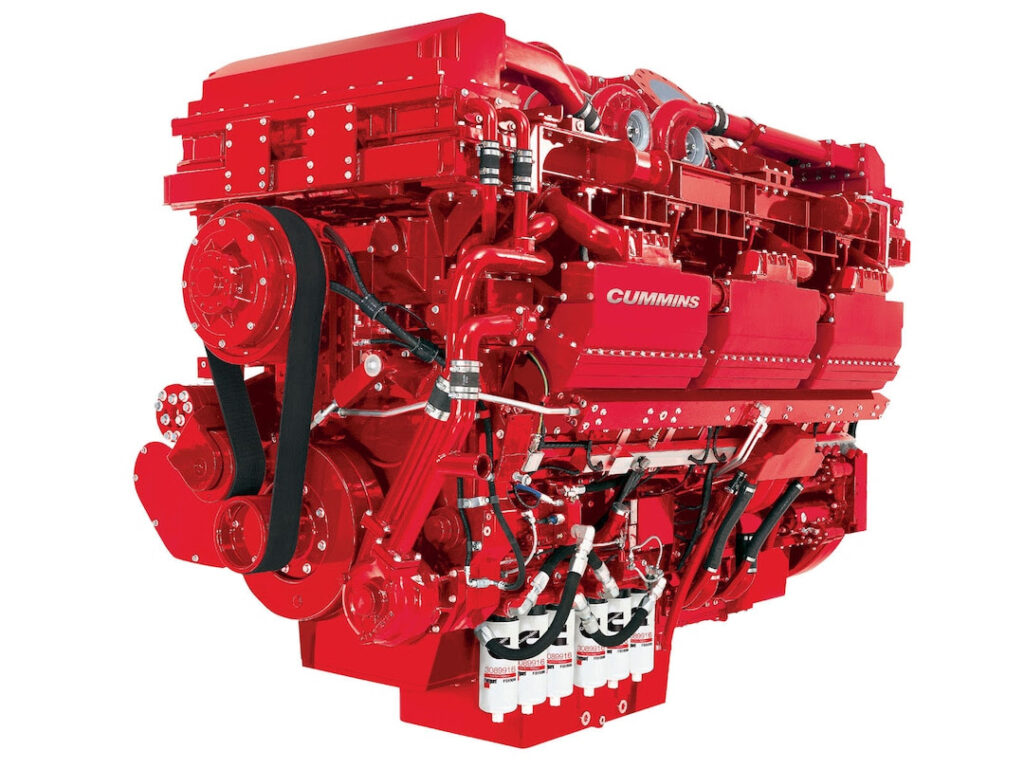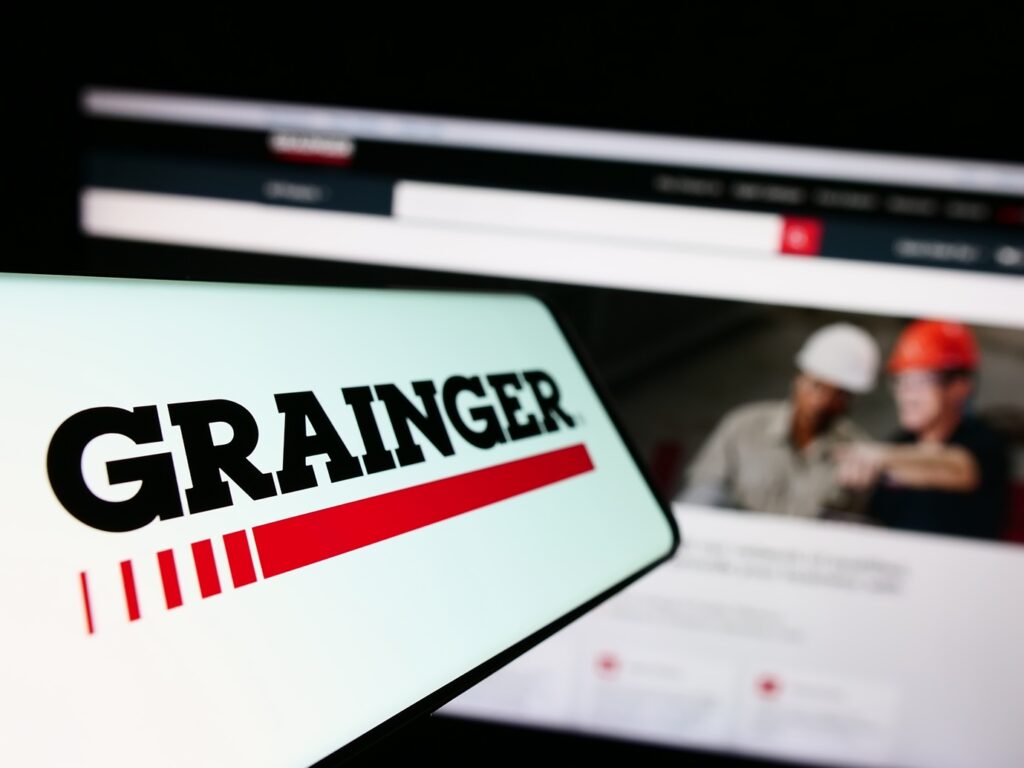Knowing your pricing power plays a pivotal role in generating margin and earnings. Understanding how to leverage this power can be the difference between negotiating a profitable sale and thriving or leaving money on the table and merely trying to survive in a competitive market.
Many sales teams I work with tell me they sell commodities, and the pricing power associated with a particular product is low. The challenge in pricing is to avoid simple physical features and benefit selling, which I call “selling the molecules.”
There are a range of other things that also need to be considered, such as how the product will be bought, under what conditions, the motivation to buy, how different or unique the product is and other elements like purchase frequency, inter-purchase interval and size of the purchase at each transaction. Therefore, you can negotiate four different types of prices:
- Invoice price
- Operating price
- Repair and replacement price
- Risk price
If you are purely negotiating invoice prices, you will invariably leave money on the table or lose business to an opportunistic, low-priced, and possibly inferior competitor.

Let’s explore the various non-product factors that influence pricing power. These factors include critical customer considerations like lead time, logistics, locations, frequency, predictability, production strategies, use cases for the product, and purchase motivations.
Lead Time: The Clock is Ticking
Lead time is crucial for customers to order and receive the product. Businesses with shorter lead times often command higher prices. Why? Speed equates to efficiency and reduced waiting times, which are highly valued in today’s fast-paced world. Customers are frequently willing to pay a premium for faster delivery, especially in industries where time is critical, such as healthcare or tech.
For example, Fastenal Company, a lesser-known name in the Fortune 500, reduces lead times for industrial and construction supplies. Fastenal ensures rapid delivery by maintaining strategically located distribution centres and leveraging technology for inventory management. Their pricing strategy capitalises on this efficiency, allowing them to charge a premium for expedited services while maintaining a loyal customer base.

Logistics: The Backbone of Operations
Logistics encompasses the entire process of moving products from the manufacturer to the end user. Efficient logistics can significantly impact pricing power. Companies with streamlined logistics operations can offer faster and more reliable delivery, justifying higher prices.

Consider Cummins Inc., known for its diesel and natural gas engines. Cummins has invested heavily in a robust logistics network, ensuring timely delivery of their engines and parts worldwide. By minimising shipping delays and optimising transportation routes, Cummins maintains strong pricing power. Their pricing architecture includes tiered pricing for different shipping speeds, catering to customers’ varying urgency levels.

Location: Proximity Matters
The geographical location of both the supplier and the customer can influence pricing power. Companies closer to their customers can often offer lower shipping costs and faster delivery times, attracting customers. This advantage can be leveraged to justify higher prices for the convenience provided.

For instance, Archer Daniels Midland (ADM), a global food processing and commodities trading corporation, utilises its extensive network of processing plants and storage facilities. ADM reduces transportation costs and time by strategically positioning these facilities close to major agricultural hubs and consumer markets. Their pricing strategy includes region-specific pricing, where proximity to facilities can result in slightly higher prices due to the assurance of fresher products and quicker delivery.
Frequency: The Regularity of Orders
The frequency of orders also plays a significant role in pricing power. Regular, recurring orders create a steady revenue stream and enable suppliers to plan production and logistics more efficiently. Suppliers often offer discounts for bulk or regular orders, but they can also charge a premium for one-off or infrequent purchases due to the lack of predictability and potential disruption to their production schedule.

W.W. Grainger, an industrial supply company, effectively uses frequency to enhance pricing power. Grainger offers subscription-based models for businesses needing regular supplies, providing discounts for predictable, recurring orders. However, they employ a higher pricing tier for irregular or last-minute orders, reflecting the additional cost and effort in accommodating these demands.
Predictability: The Assurance of Consistency
Predictability in demand allows suppliers to optimise their operations, reducing costs and improving efficiency. This reliability can enhance a supplier’s pricing power. When a customer’s demand is predictable, suppliers can plan their inventory, production, and logistics more effectively, leading to cost savings that might be shared with the customer through competitive pricing.
WestRock, a provider of paper and packaging solutions, thrives on predictability. By entering long-term customer contracts, WestRock ensures steady demand, enabling efficient production scheduling and inventory management. Their pricing architecture includes incentives for customers committing to long-term agreements, thus enhancing their pricing power through assured consistency.

Make to Order or Make to Stock: Tailoring Production Strategies
The decision to make to order (MTO) or make to stock (MTS) significantly impacts pricing power. MTO strategies, where products are manufactured only after receiving an order, can justify higher prices due to the customisation and reduced inventory costs. However, this approach might involve longer lead times.
On the other hand, MTS, where products are produced in anticipation of demand, allows for quicker delivery but can lead to higher holding costs. Businesses can leverage these strategies based on their market and customer preferences to optimise pricing. Paccar Inc., a manufacturer of commercial vehicles, effectively balances MTO and MTS strategies. Paccar uses MTO for custom-built trucks, charging them a premium for bespoke configurations. Simultaneously, their MTS strategy for standard models ensures quick availability and competitive pricing, catering to different segments of their market.
Use Case for the Product: High Risk vs. Low Risk
The intended use case of a product dramatically influences its pricing. Products used in high-risk scenarios, where failure can have significant consequences, often command higher prices due to the necessity for reliability and quality. Customers in such situations are usually less price-sensitive and more focused on product performance and safety.

For example, Parker-Hannifin Corporation, a manufacturer of motion and control technologies, supplies components used in aerospace and industrial applications. Given the high-risk nature of these applications, Parker Hannifin can justify higher prices through stringent quality standards and reliability assurances. Their pricing strategy includes premium pricing tiers for high-stakes applications, reflecting the critical nature of their products.
Purchase Motivations: Discretionary or Mandatory
Understanding whether a purchase is discretionary or mandatory can reveal much about pricing power. Mandatory purchases, driven by necessity, often allow suppliers to maintain higher prices. In contrast, discretionary purchases, driven by personal preference or luxury, might be more price-sensitive but also allow for premium pricing based on brand value and perceived quality.
International Paper, a company specialising in paper and packaging products, operates in a market where many purchases, such as packaging materials for goods, are mandatory. They leverage this by maintaining consistent pricing even in competitive markets, knowing their customers need these materials regardless of minor price fluctuations. Their pricing strategy focuses on value and reliability rather than frequent discounts, reinforcing their pricing power in essential markets.

Strategies for Leveraging Pricing Power – Summary by case example
Fastenal Company: By reducing lead times through strategic distribution centres, Fastenal capitalises on customers’ need for quick delivery, enabling premium pricing for expedited services.
Cummins Inc.: Through a robust logistics network, Cummins ensures timely delivery of engines and parts, justifying higher prices through reliability and speed.
Archer Daniels Midland (ADM): Utilising strategic facility locations, ADM reduces costs and time, allowing for region-specific pricing that reflects proximity advantages.
W.W. Grainger: Implementing subscription-based models, Grainger incentivises regular orders with discounts while applying premium pricing for irregular purchases.
WestRock: By fostering predictability through long-term contracts, WestRock enhances pricing power and offers competitive pricing for committed customers.
Paccar Inc.: Balancing MTO for custom trucks and MTS for standard models, Paccar optimises pricing strategies to cater to diverse customer needs.
Parker-Hannifin Corporation: By charging premium prices for high-stakes applications, Parker-Hannifin reflects the critical nature of its products in its pricing strategy.
International Paper: Maintaining consistent pricing for mandatory inelastic purchases, International Paper leverages their market position to sustain pricing power and reduce reliance on discounting.

Understanding and leveraging pricing power is essential for businesses to thrive in today’s competitive market. Pricing power is not just about setting high prices but also about delivering value that justifies those prices.
By considering factors like lead time, logistics, locations, frequency, predictability, production strategies, use cases and purchase motivations, companies can gain a deeper understanding of the value they generate for customers and then develop effective pricing strategies and price architecture that maximise profitability whilst still delivering value at a customer-specific level.
Book a Pricing Insight Diagnostic Discovery Call to evaluate whether your pricing strategy, structure, and operations are set up correctly to deliver value and optimise profitability.
Pricing Insight specialises in:
- Pricing strategy diagnostics
- Algorithmic price optimisation for margin expansion
- Value-based sales & negotiation training for sales teams and marketing professionals






